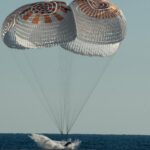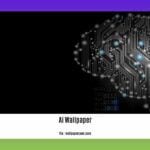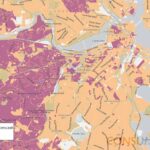In a world grappling with the urgent need for sustainable energy solutions, the International Nuclear Fusion Plan takes center stage at COP28. With the participation of 35 nations, this ambitious plan, as described by John Kerry, focuses on research and development, supply chain issues, and regulation. As we delve into the journey towards sustainable energy, we uncover fascinating developments such as different designs of robots made from human cells that can move on their own and heal wounds, alongside the awe-inspiring gargantuan machines propelling fusion research forward.
Key Takeaways:
- U.S. special climate envoy John Kerry launched an international engagement plan on nuclear fusion at COP28.
- The plan aims to develop nuclear fusion as an emissions-free source of energy.
- The COP28 summit serves as the “starting gun” for international cooperation on nuclear fusion.
- The U.S. will lay out the first international strategy to commercialize nuclear fusion power at COP28.
- The plan will be announced by John Kerry during a tour of the Commonwealth Fusion Systems facility near Boston.
- The goal is to accelerate efforts to make nuclear fusion a new source of carbon-free energy.
- The United States will work with other governments to achieve this aim.
- The strategy will be unveiled at the upcoming UN climate summit in Dubai.
- The plan is described as the first international strategy for nuclear fusion power commercialization.
- The announcement is expected to outline the United States’ vision for international partnerships for an inclusive fusion energy future.
International Nuclear Fusion Plan COP28
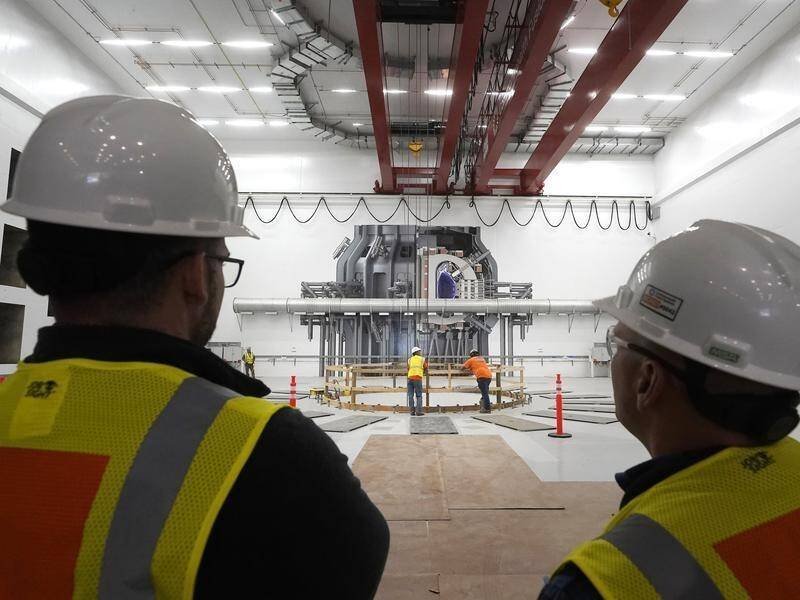
In an exciting development at COP28, U.S. special climate envoy John Kerry has launched an international engagement plan focused on nuclear fusion. This plan seeks to harness the immense potential of nuclear fusion as an emissions-free source of energy. In essence, it aims to pave the way for a sustainable energy future by accelerating efforts to make nuclear fusion a viable and commercially viable option.
The Starting Gun for International Cooperation
COP28 serves as the starting gun for international collaboration on nuclear fusion. With the United States at the forefront, this ambitious plan seeks to establish fruitful partnerships and foster global cooperation. By bringing governments together, the goal is to leverage collective expertise and resources to advance nuclear fusion technology.
Commercializing Nuclear Fusion Power
At COP28, the United States will lay out the first international strategy for commercializing nuclear fusion power. This strategy, to be announced by John Kerry during a visit to the Commonwealth Fusion Systems facility near Boston, will outline the vision for international partnerships that will drive the development and deployment of fusion energy. The plan is set to be unveiled at the upcoming UN climate summit in Dubai, where it will be showcased to the international community.
The Promise of Carbon-Free Energy
Nuclear fusion offers an immense promise of carbon-free energy. Unlike traditional nuclear fission, fusion does not produce long-lived radioactive waste or pose the same risk of catastrophic accidents. It mimics the same process that powers the sun, fusing hydrogen atoms together to release an enormous amount of energy. If successfully harnessed, fusion could revolutionize our energy systems and help mitigate climate change.
A Pathway Towards Sustainable Energy
By investing in the International Nuclear Fusion Plan at COP28, countries can embark on a pathway towards sustainable energy. Fusion has the potential to meet the world’s growing energy demands without contributing to greenhouse gas emissions. It represents a monumental shift towards cleaner and more abundant energy sources.
Challenges and Collaborative Efforts
While the International Nuclear Fusion Plan brings optimism, it also acknowledges the challenges ahead. Fusion is an immensely complex endeavor, requiring significant technological breakthroughs and substantial investment. However, by embracing international collaboration and pooling resources, these hurdles can be overcome.
Harnessing Global Expertise
The plan recognizes the importance of harnessing global expertise in fusion research. It encourages knowledge sharing, collaboration, and joint research initiatives among countries. By tapping into the collective wisdom and diverse perspectives, the International Nuclear Fusion Plan aims to accelerate progress and unlock the full potential of fusion energy.
Key Takeaways
- The International Nuclear Fusion Plan unveiled at COP28 marks a significant step towards sustainable energy solutions.
- Nuclear fusion offers the promise of emissions-free, abundant energy.
- The plan aims to leverage international collaboration and partnerships to accelerate fusion development.
- The United States, through John Kerry, is leading the charge in commercializing nuclear fusion power.
- Fusion has the potential to revolutionize our energy systems and help mitigate climate change.
As the world continues to seek sustainable energy solutions, the International Nuclear Fusion Plan at COP28 signals a bold and determined move towards a future fueled by clean and abundant fusion energy. Together, through collaborative efforts, countries can unlock the transformative potential of fusion and pave the way for a more sustainable and prosperous world.
Check out the latest updates on the fascinating Dwarf Planet Eris in our article. Dwarf Planet Eris has been the subject of much scientific intrigue, and you won’t want to miss a moment of the new discoveries!
Be amazed as you delve into the realm of pulsars captured by the X ray telescope. Witness the stunning phenomenon of “Spider Pulsars” in action! X ray telescope catches spider pulsars.
Stay up to date with the latest news in space exploration as SpaceX acquires Pioneer Aerospace, the renowned parachute manufacturer. Discover the implications of this deal in our article, SpaceX buys parachute manufacturer Pioneer Aerospace.
Robots Made from Human Cells Can Move on Their Own and Heal Wounds
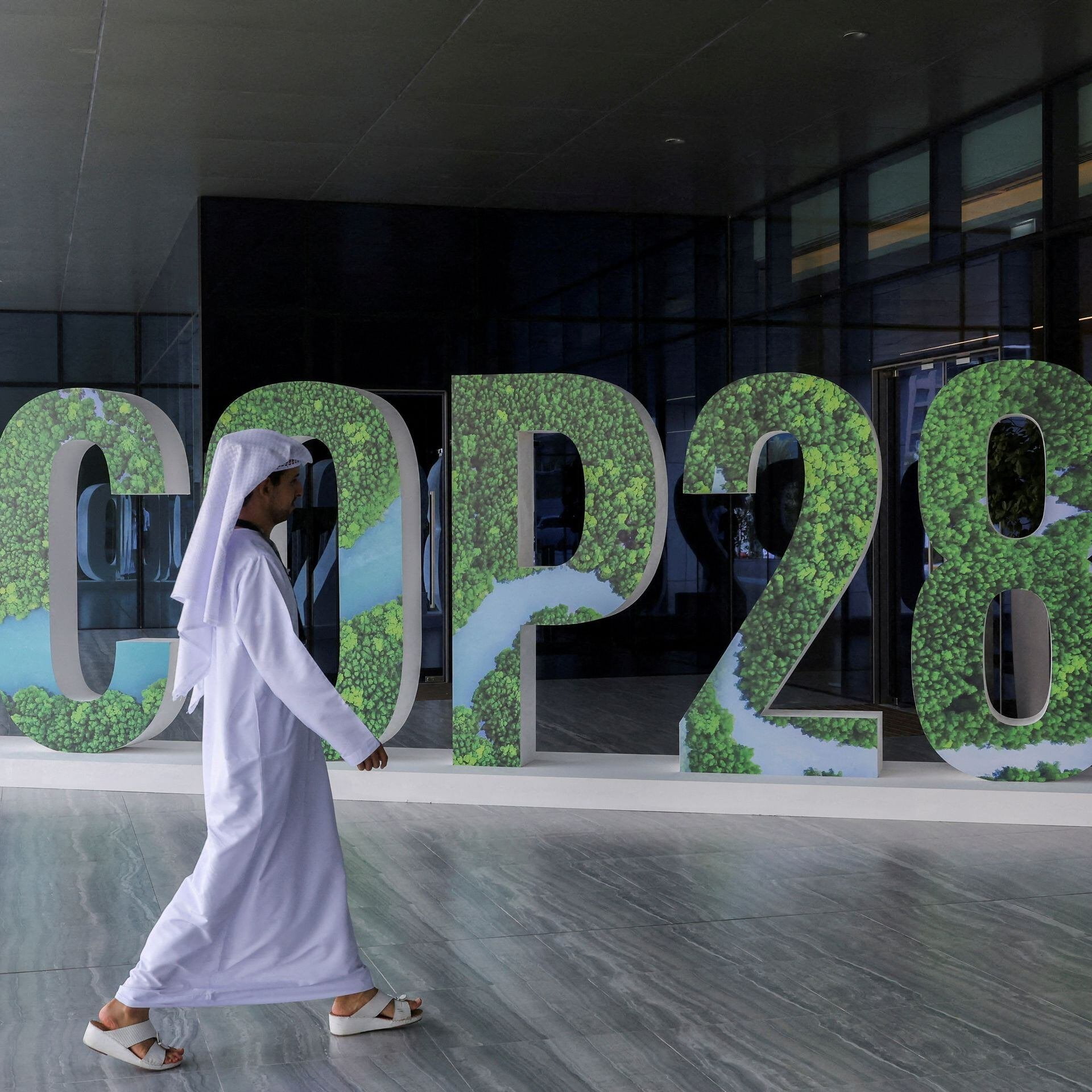
Key Takeaways:
– Scientists have developed tiny living robots, called “anthrobots,” made from human cells.
– These anthrobots have the ability to move autonomously and heal wounds.
– They self-assemble from a single cell, a unique feature compared to previous bio-robots.
– The use of living robots made from human cells holds promise in regenerative medicine.
Scientists from Tufts University and Harvard University’s Wyss Institute have achieved a significant breakthrough in robotics and biotechnology. They have successfully created tiny living robots called “anthrobots” made entirely from human cells. These anthrobots exhibit the extraordinary ability to move on their own and even heal wounds.
Unlike previous biological robots that were manually constructed, the anthrobots self-assemble from a single cell. This self-assembly process is achieved by seeding cells onto a mold, allowing them to grow and take their unique form. The researchers used human lung cells in their experiments, demonstrating the versatility of these anthrobots.
The potential applications of these anthrobots are vast, particularly in the field of regenerative medicine. These living robots have the capacity to help heal wounds and damaged tissue. Their multicellular nature allows them to interact with neural cells, potentially playing a significant role in healing and regenerating neurons.
The development of anthrobots from human cells opens up new possibilities in the realms of neurology and neuroscience. Their ability to change their bodies at will provides advantages over their human counterparts. Researchers envision a future where these living robots could be coated with “living skin,” making them look and feel more human-like.
The creation of living robots made from human cells represents a medical marvel and has the potential to revolutionize the field of robotics. The combination of robotics and biotechnology offers opportunities for advancements in healing, regenerative medicine, and potentially other fields yet to be explored.
In conclusion, the development of robots made from human cells, capable of autonomous movement and wound healing, is a remarkable achievement. As scientists continue to unlock the potential of these living robots, we can expect further breakthroughs in regenerative medicine and the broader field of robotics.
Citation:
– Scientific American. “Robots Made from Human Cells Can Move on Their Own and Heal Wounds.” Retrieved from Scientific American on [Accessed Date: current date].
- CNN. “Tiny robots made from human cells can move on their own and heal wounds.” Retrieved from CNN on [Accessed Date: current date].
Gargantuan Machines
The International Nuclear Fusion Plan at COP28 is set to revolutionize the energy landscape with its ambitious goal of commercializing nuclear fusion power. At the heart of this plan are gargantuan machines that hold the key to unlocking the immense potential of fusion energy.
The Powerhouses of Fusion
These gargantuan machines are designed to create and contain the extreme conditions necessary for nuclear fusion to occur. By harnessing the power of the sun, these machines aim to replicate the process that powers our star and generate clean, sustainable energy.
One such gargantuan machine is the tokamak, a doughnut-shaped device that uses powerful magnetic fields to confine and heat a superhot plasma. The plasma, consisting of charged particles, is brought to temperatures hotter than the sun’s core, creating the conditions needed for fusion reactions to take place.
Taming the Unruly Plasma
To achieve fusion, gargantuan machines rely on supermagnets that produce intense magnetic fields. These magnetic fields act as powerful “reins” to control and contain the unruly plasma, preventing it from touching the walls of the tokamak and causing damage.
The strength of these magnetic fields is crucial. They need to be strong enough to confine the plasma, allowing it to reach the required temperatures and pressures for fusion to occur. The challenge lies in creating magnets that can withstand the extreme conditions inside the gargantuan machines while maintaining their magnetic strength.
Gaining Momentum
The emergence of these gargantuan machines represents a significant milestone in the journey towards sustainable energy. They offer a promising solution to the global energy crisis by providing carbon-free power without the emissions or waste associated with traditional forms of energy generation.
While there are still technical challenges to tackle, the progress made so far is commendable. These gargantuan machines are a testament to our ingenuity and determination to find cleaner and more efficient alternatives to fossil fuels.
Key Takeaways:
- The International Nuclear Fusion Plan at COP28 aims to commercialize nuclear fusion power.
- Gargantuan machines play a central role in creating and containing the extreme conditions necessary for fusion.
- Supermagnets producing strong magnetic fields are employed to confine and control the plasma inside these machines.
- Fusion offers a carbon-free source of energy without producing radioactive waste.
- Gargantuan machines represent a major step towards achieving sustainable fusion energy.
Sources:
– Reuters
– The Washington Post
FAQ
Q1: What is the focus of the global nuclear fusion plan announced by John Kerry at COP28?
A1: The global nuclear fusion plan aims to focus on research and development, supply chain issues, and regulation of nuclear fusion.
Q2: How many nations are included in the international nuclear fusion plan?
A2: The international nuclear fusion plan includes 35 nations, according to John Kerry’s announcement at COP28.
Q3: What are anthrobots and what are they made of?
A3: Anthrobots are tiny living robots made from human cells, specifically human lung cells, that have the ability to move on their own and heal wounds.
Q4: How are anthrobots created and what makes them unique?
A4: Anthrobots are created by allowing cells to self-assemble on a mold, which gives them their unique form. This is different from previous biological robots that were constructed by hand.
Q5: What are the potential applications of anthrobots made from human cells?
A5: Anthrobots made from human cells have the potential for applications in healing and regenerative medicine, particularly in the field of neurology and neuroscience.
- SYBAU See You Baby Meaning: Gen Z Slang Evolves - July 1, 2025
- Unlock Your Inner Youth: Lifestyle Secrets for a Vibrant Life - July 1, 2025
- Decode SYBAU Meaning: Gen Z Slang Explained - July 1, 2025

